An idyllic forest path at the foot of the Harder, the mountain above Interlaken in the Bernese Oberland. Off the beaten track there is a wooden-clad structure attached to the rock in log cabin style with a solid wooden door – a shelter for forestry workers or perhaps a tool shed. Around 20 people are standing in front of the entrance on a rainy Sunday in April 2014, including a now 84-year-old former Chief of Staff in the Swiss army. What has brought this group together? A wider public is being given the opportunity to take a look behind the wooden cladding for the first time. It is, of course, not a tool shed but until recently a top secret military facility. The Swiss army’s General Staff used this bomb-proof bunker deep in the mountain during the Second World War. Until the 1990s, the so-called Goldey Tunnel was used as a command and control installation and as a key communication centre, liaising with all the army’s major units and with the Federal Council. General Henri Guisan’s protected emergency command post was in a separate location just a few kilometres away.
Headquarters in Interlaken
Interlaken, a magnet for tourists for centuries, was also a key military site for many years. Its position in the heart of Switzerland, shielded by Lake Thun and Lake Brienz and surrounded by high mountains, meant that it was predestined to become the location of the army headquarters from 1941 to 1944. Still today, the mountains around Interlaken contain numerous tunnel systems, command posts, underground munitions and fuel stores, infantry bunkers and artillery fortifications. All access routes to Interlaken – by water, by land and even from the air – could have been fired upon from large-scale military installations in the event of war. This was the time of the réduit, the withdrawal of large parts of the army to the central regions of the Alps. The réduit was intended to act as a deterrent and to engage attackers in protracted battles if an invasion took place.
Switzerland fortunately never had to prove that the army entrenched in the mountains could successfully defend the nation. The significance of the réduit is a point of contention among historians. Nevertheless, the legend of the impregnable alpine fortresses is deeply engrained in the Swiss collective consciousness.
Gigantic cave systems
However, little more than legend remains of the once impressive alpine fortifications. In 1995, most of the facilities were decommissioned and all the others will soon follow suit, except for a few command and control bunkers that will remain secret. Financial and strategic considerations spelt the end for the military tunnel system after the Cold War. The scale of this system was absolutely gigantic during its heyday. It was made up of a total of around 26,000 components of various sizes. The fortresses with permanently installed heavy artillery and other weapons were distributed across the entire mountain landscape. As a rule of thumb, wherever there is a mountain, there is or was a military underworld. Many facilities were self-sufficient, which meant they were equipped not just with weapons but also with an infrastructure that enabled survival deep inside the mountains for long periods. They had their own power supply, dormitories, restaurants, recreation rooms, kitchens, bakeries and hospitals. The fortifications constructed after the Second World War were also designed to withstand a nuclear bomb attack.
Many of the facilities became superfluous with the “Army 95” and “Army XXI” reforms. They all had to be inventoried. Silvio Keller, the former project manager for military monuments at the Federal Department of Defence (DDPS), outlines the procedure: “We had to carry out a selection process to determine which facilities were of national, regional or local importance, which should be maintained and which could be dismantled or sold off.” Many private army clubs and foundations are in fact currently purchasing these caverns throughout Switzerland and making them accessible to the public.
New worlds of experience
The unused caves are being restored with great care and fitted with military equipment true to the original, providing an additional tourist attraction. Not only will people climb up Swiss mountains more frequently in future, they will also explore inside them. “An experience for young and old alike: Visit this fascinating bunker in Beatenbucht on Lake Thun,” reads the leaflet for one infantry bunker, for example. The St. Maurice fortified facility in Valais offers an “historically significant visit”. Visitors can discover the “highlights of the history of Swiss military fortifications from 1911 to 1995 and gain an insight into garrison life”. The “Schwyzer Festungswerke” foundation advertises the “immaculately preserved” underground command post at Selgis in Muotathal. It can be visited throughout the year and provides wheelchair access. Tours are available, of course, as are aperitifs and dinners at the fortress. What was once highly confidential is gradually being transformed into an underground theme park.
In the heart of the Gotthard
Such an initiative has already been set up at the Sasso San Gottardo military facility. “An unforgettable experience” is offered, according to the advertisement. The entrance, an inconspicuous door, is found just off the mountain pass at the Gotthard hospice. Warm clothing is advisable, even in summer, for visits to the military cave system. When passing through the damp, rather claustrophobic access tunnels, visitors feel as though they have entered the mother of all caves. This is Switzerland’s largest fortress facility. Tunnels that run for miles connect caverns which are so high that they stored not only tons of munitions but also food, water and other items essential for survival as provisions for several hundred soldiers for months at a time.
After a ten-minute walk, visitors reach a subterranean funicular railway which previously served as an ammunition hoist. Here tourists visiting the facility are greeted in person by a soldier wearing the uniform of the Fortress Troops. He transports the visitors in a little munitions train, and now the tour begins in earnest. The little train goes further and higher into the mountain. On arrival at the top, tourists soon enter a cafeteria where souvenirs are also on sale. Over a glass of fortress wine, they can now decide whether to visit the military section of the facility first or go straight to the multimedia exhibition.
In the military section, in addition to a film, the troops’ accommodation, the command and telephone centres and pieces of artillery can be seen . This is a site that was still highly confidential until the 1990s. Revealing information about such military locations was deemed high treason, an offence punishable with the death sentence during the Second World War. A large share of the Swiss gold reserves were also stashed away here during the war. One tunnel leads to a newly built outside platform for visitors where the view of the mountains can be enjoyed from a remarkable perspective right alongside a four-metre-long gun barrel.
The non-military part of the Sasso San Gottardo fortress contains a multimedia theme park. Where hundreds of soldiers once served, information about water, weather and climate, energy, security and living space and our use of natural resources is now provided in a permanent exhibition. One topic is the Gotthard as the reservoir of Europe and a watershed, while a small underground glacier provides viewing material on the subject of climate change, and the constant increase in traffic along Europe’s most significant north-south axis is also covered.
Wellness instead of heavy artillery
Not far from Sasso San Gottardo on the Ticino side of the pass lies the former artillery facility of San Carlo. This site, standing at 2,000 metres above sea level, was converted into probably Switzerland’s best-protected hotel in 2004. The former fortress is now the four-star La Claustra seminar venue and themed hotel. But it is not recommended for people who suffer from claustrophobia. The advert says: “Anyone who visits this hotel can feel, smell and hear it. Guests will find themselves in a cave, or more precisely a disused artillery bunker on the Gotthard. Seminars and retreats can now be held at this venue where an underground world and its sense of security can be explored.”
And the hotel has plenty to offer. In addition to meeting rooms, elegantly furnished guest rooms with running water from its own five underground sources and a restaurant, there is also a steam bath and a water grotto. “We are continuing to invest,” says Rainer Geissmann. The businessman from Liechtenstein purchased the facility in 2012 and is full of drive. Geissmann reveals that “two exclusive suites and a Finnish sauna are to be installed” in winter 2014/15. The transformation of the site between 1999 and 2004 already cost eight million Swiss francs and it hasnever operated on a break-even basis.
Even the new owner concedes that the business is not yet highly profitable, but he says that it is on the up as “we are a globally unique hotel”. Interest is growing: The travel magazine “Geo Saison” has included La Claustra in its list of the 100 finest hotels in Europe. Television stations from all over the world come and go non-stop. In November 2014, shortly before the winter break, a team from Russian state TV also visited the Gotthard to produce a 45-minute programme.
The notion of protection redefined
The former government bunker in Amsteg, north of the Gotthard, is still used for security purposes rather than wellness or gastronomy. This place where a two-storey chalet was once built into the rock to provide the most senior body in the land with something akin to a civilian environment and which once housed 123 cars and 13 lorries is now occupied by a business which attaches just as much importance to discretion as the army once did – Swiss Data Safe AG and Swiss Gold Safe AG.
According to its advertisement, Swiss Data Safe provides “comprehensive protection and security services for a national and international clientèle in high-security facilities deep in the Swiss mountains”. “IT systems, data, files and archives, as well as valuables, works of art and cultural assets” are bunkered there. The infrastructure in the Swiss Alps is more secure than in any bank, according to the advert, as its security measures “exceed the banks’ guidelines” in terms of locking systems, access control, surveillance and fire protection.
The second company, Swiss Gold Safe, hires out safe deposit boxes. It also provides this service for “non-Swiss citizens for valuables such as documents, jewellery and precious metals (without opening an account with a bank) in one of the world’s top private high-security facilities”. Why Switzerland? The company’s homepage states that Switzerland “is one of the most stable countries in the world politically and economically and has a long tradition of protecting assets”. The old fortifications are therefore no longer being used for the protection of the population and the state but instead for safeguarding worldly goods.
Whether it is modest, small-scale museums run by local nostalgics, the cultivation of mushrooms – another activity being pursued – in cool, damp vaults, theme parks, highly professional museums, extraordinary hotels or high-security bunkers, the imaginative purposes know no bounds. The second life of these once top secret military sites with their tunnels, fortresses and bunkers has only just begun.
Jürg Müller is an editor with the “swiss review”
Importance during the war
Together with the fortifications of Saint-Maurice in the west and Sargans in the east, the military facility in the Gotthard formed the backbone of the réduit defence capability during the Second World War and the Cold War. General Henri Guisan wrote the following about the importance of the fortifications in his report on active service from 1939 to 1945: “I am convinced that our fortifications had a major impact on German plans from 1943 onwards, and it is likely that they made a significant contribution towards the decision to refrain from attacking Switzerland. The expenditure on these facilities therefore certainly paid off.”
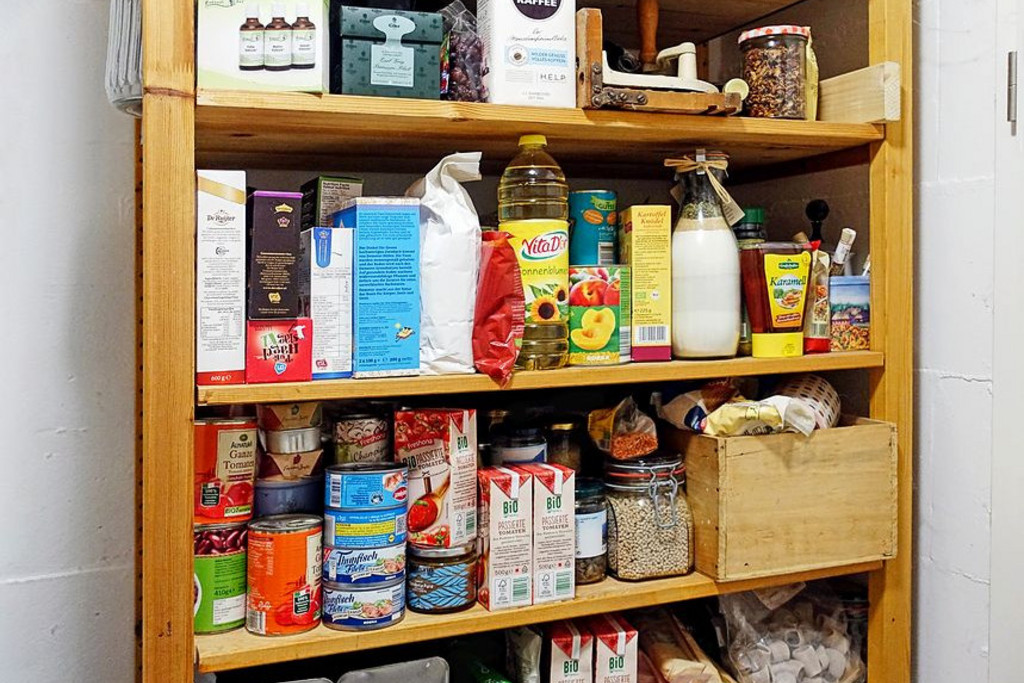
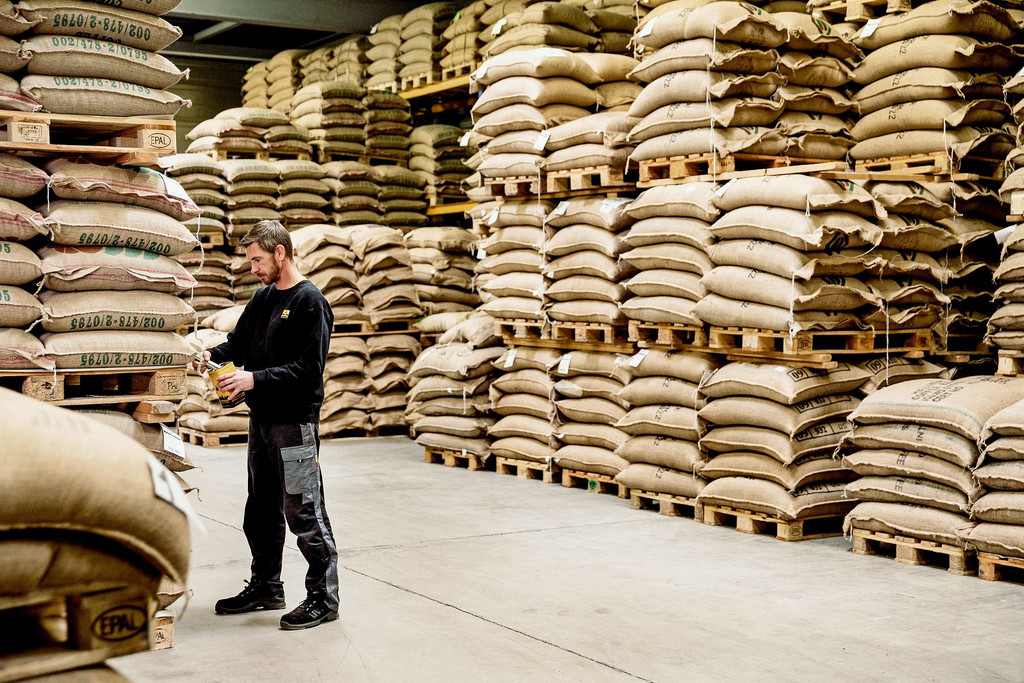

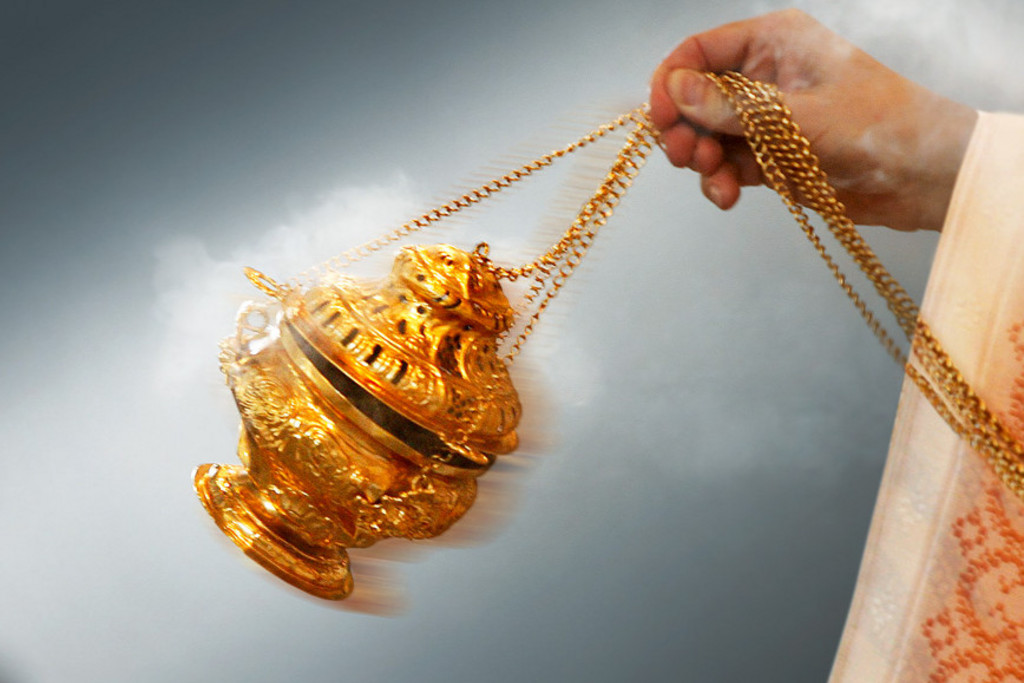

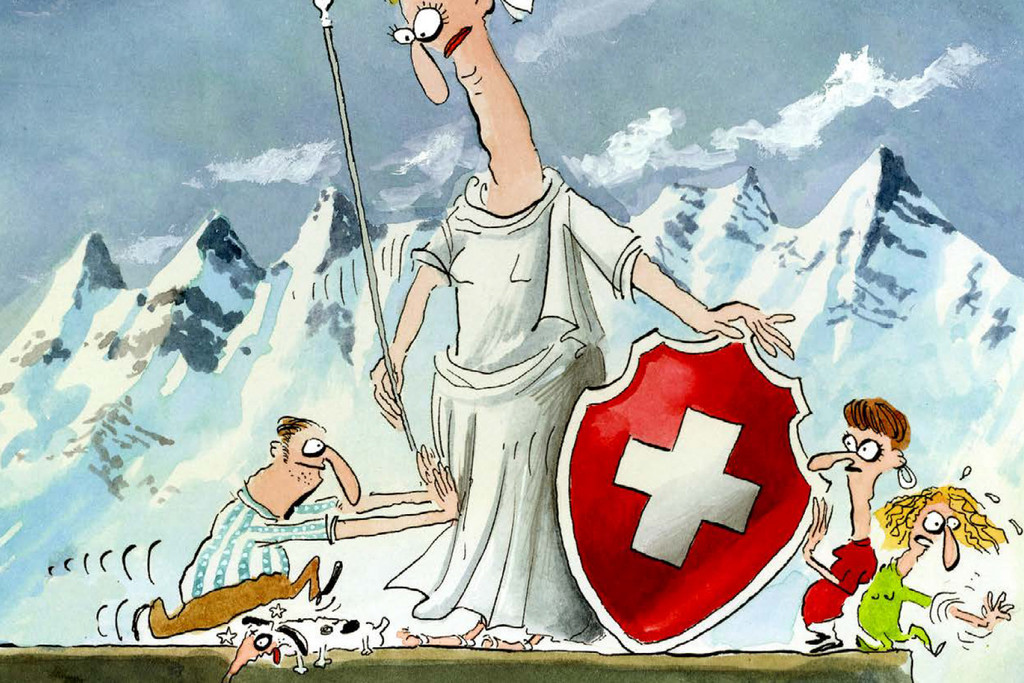
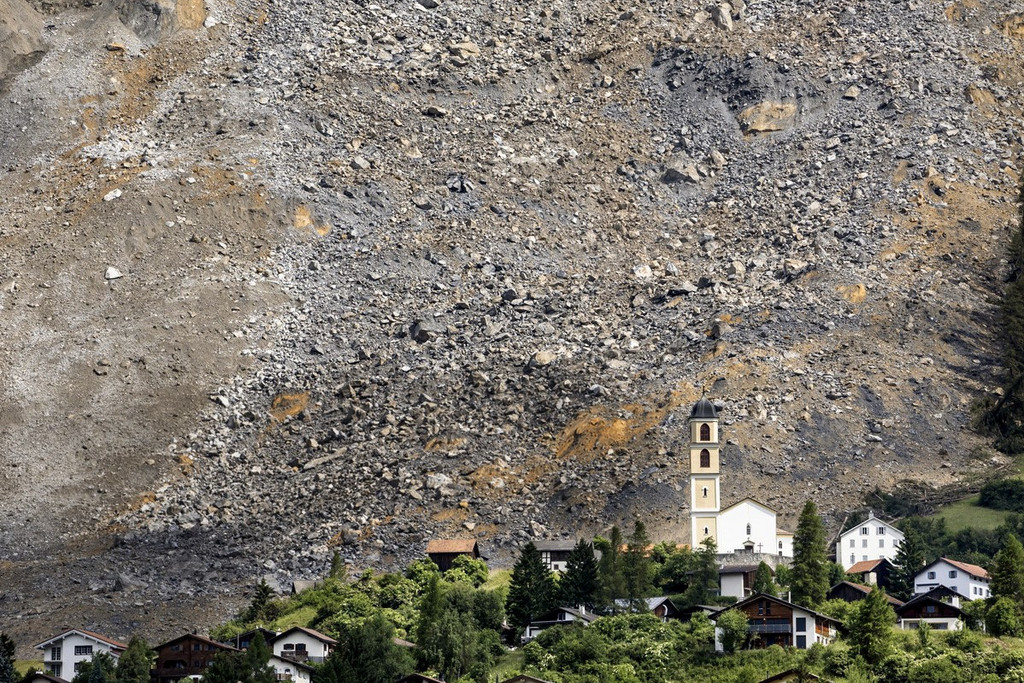




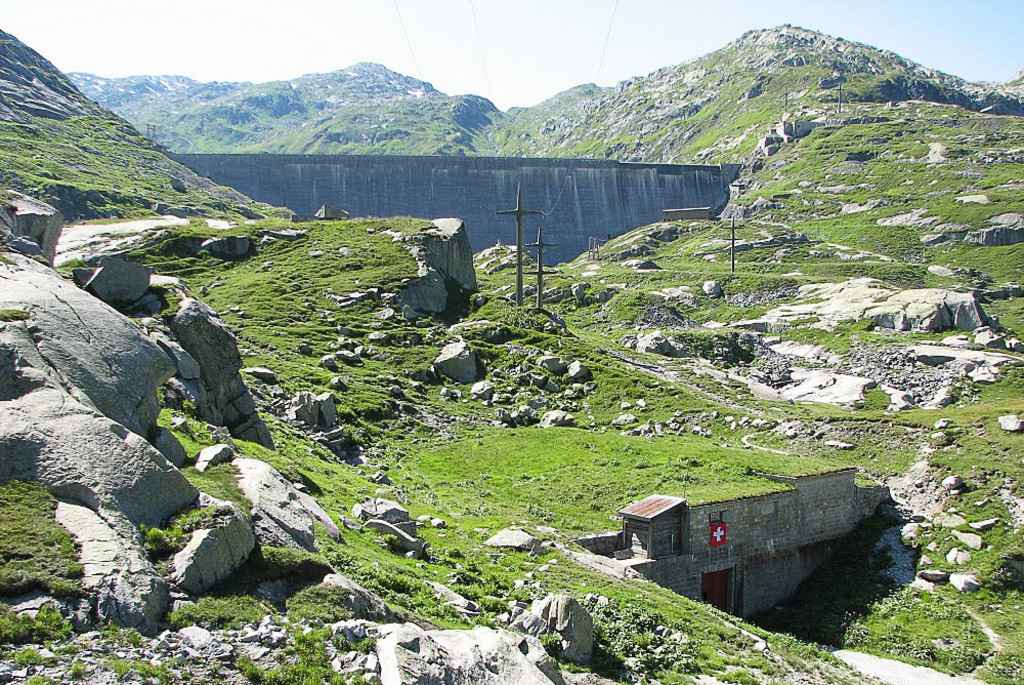
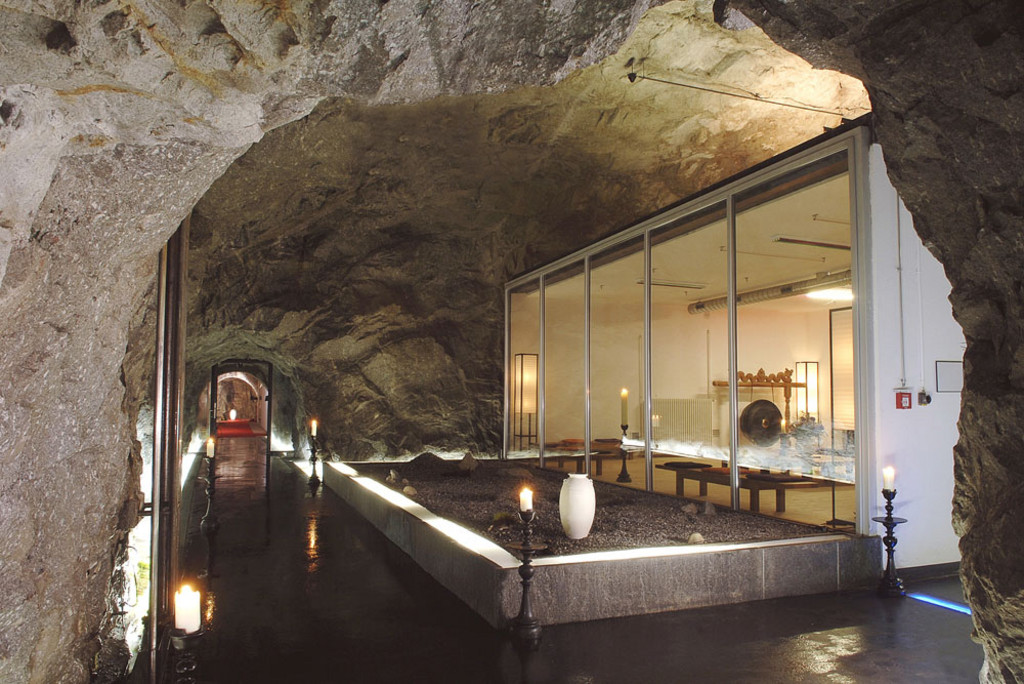
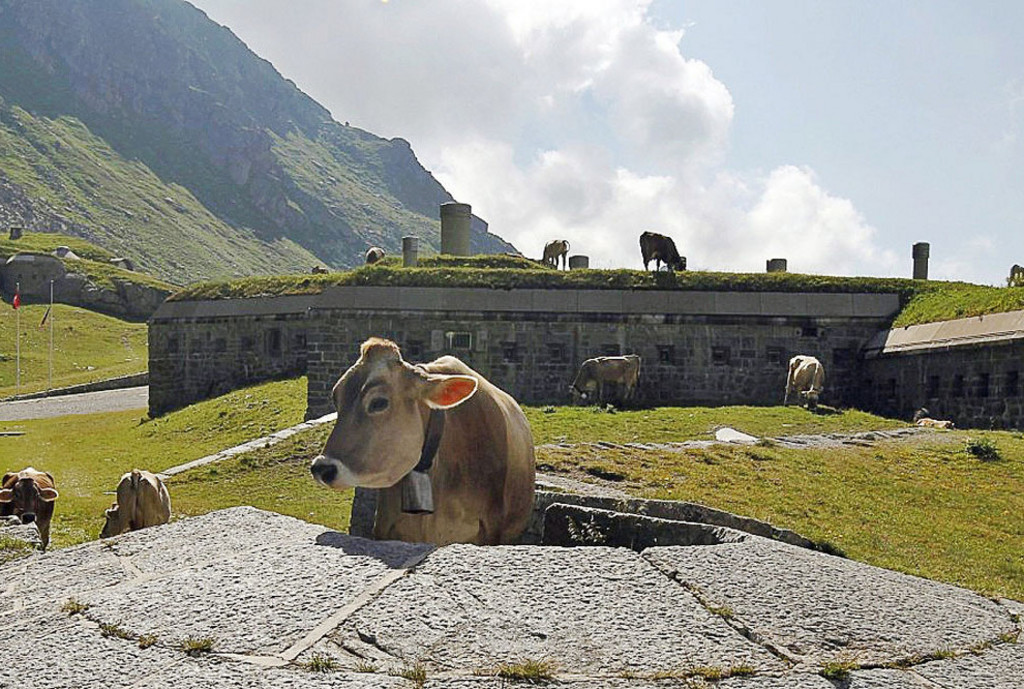
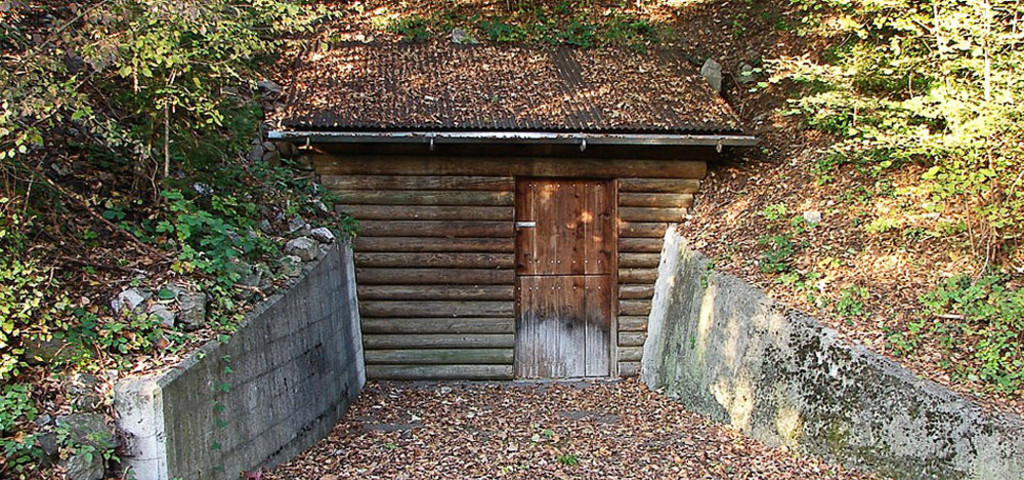
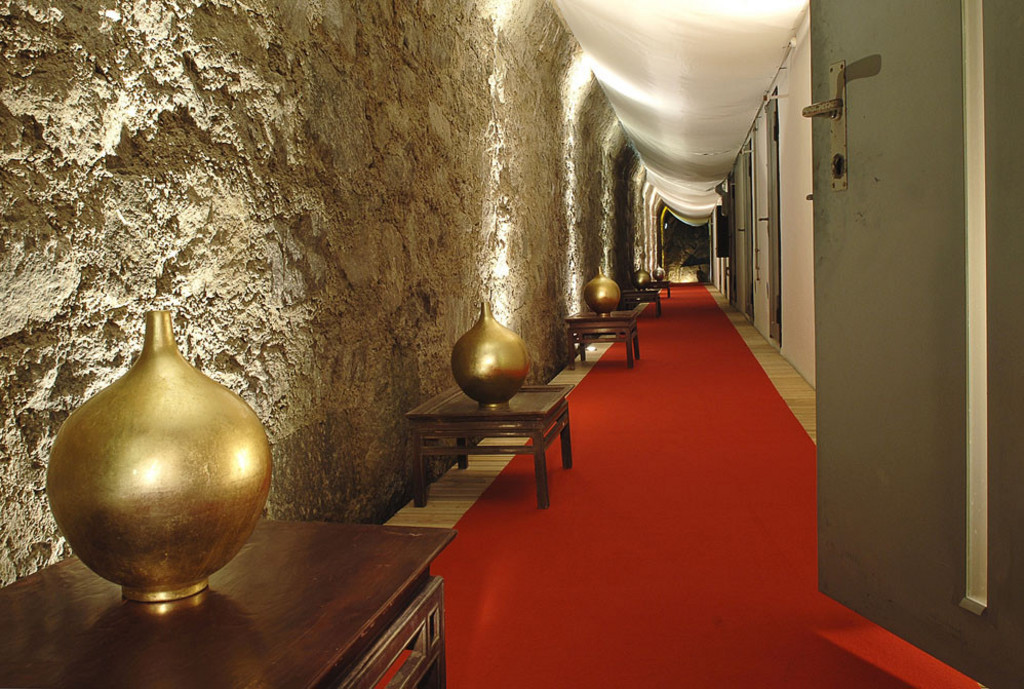
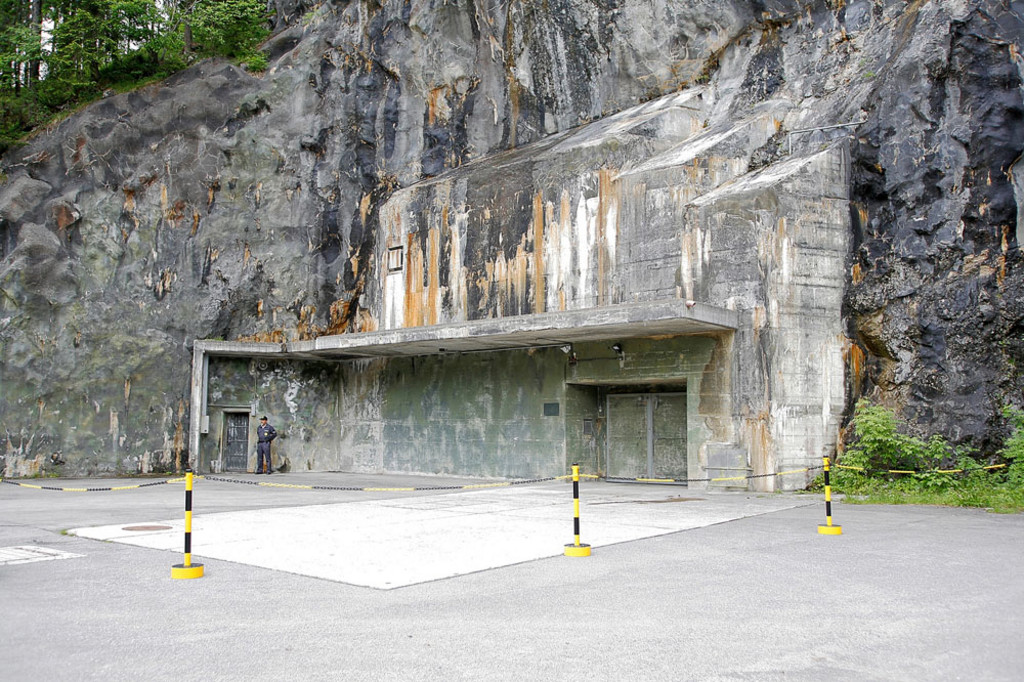
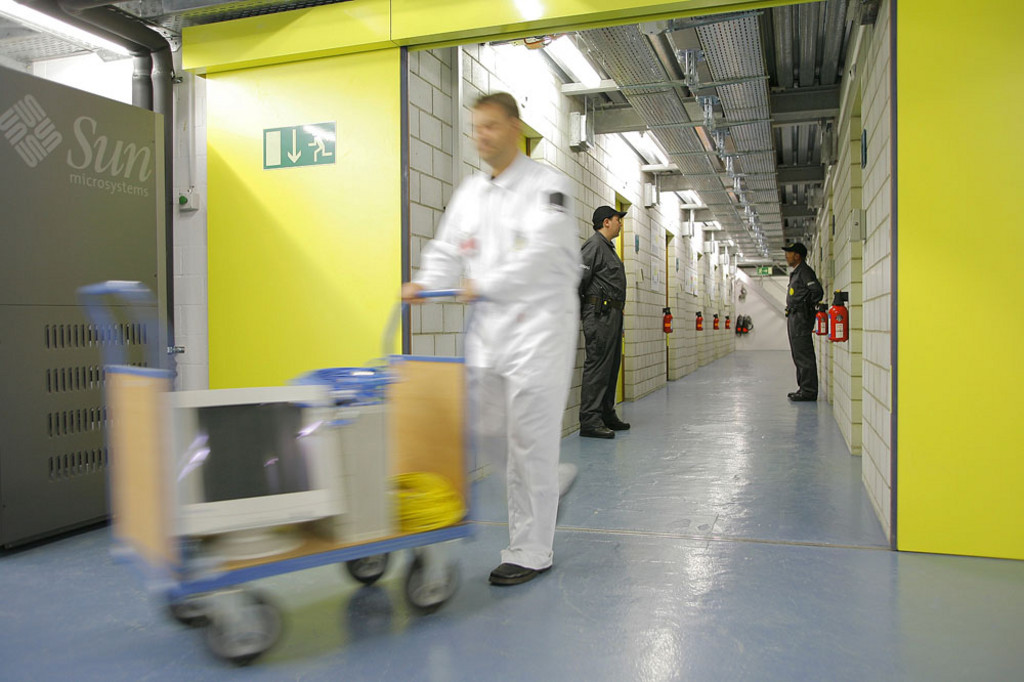
Comments
Comments :
http://www.trilithguidedwalks.co.uk/
Saludos
In the meantime, I wish all the other countries take CH as the Role Modle & stop militalizeration of their countries and promoting it through the world.
existe t il un plan ou un guide recensant ces sites ?
www.sasso-sangottardo.ch
existe t il un plan ou un guide recensant ces sites ?
Die CH hat ja auch alle Sprengladungen unter den Bruecken entfernt, nicht unbedingt sehr geschickt.
Irgendwann will ich mit den Enkel dorthin.
Chef einen Rundgang, bei dem er jeden von uns persönlich mit Handschlag begrüsste und fragte, ob wir vielleicht den Arbeitstag heute nicht mit einem Dreier Fendant beginnen könnten. Sein Problem war : Wegen mangelnder Auslastung der Festungsanlagen sass er auf Bergen von Hektolitern seines Hausweines fest und wusste nicht, wie er ihn loswerden könnte.
Obwohl nicht gern gesehen, wurde das vom Kommando akzeptiert, und ich glaube nicht, dass unsere Schiessausbildung wesentlich darunter gelitten hat. Was mir aber für immer in Erinnerung geblieben ist, ist der Stolz, Mitbesitzer und Geheimnisträger eines solch grossartigen Verteidigungswerkes gewesen zu sein.
A very great Article, Dear Sylvio.
You passed away, but We will always remember your way of life, your contributions and writings to better people's life and share viewpoints.
These mountains will cry and express pain in your memory.
R.I.P. Sylvio BIASIO.
Überhaupt finde ich die Aufmachung der Revue nun sehr ansprechend - leserfreundlich. danke.